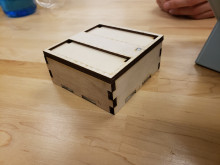Happenings from the Shapiro Design Lab.
Lab Notes

Posts in Lab Notes
Showing 81 - 90 of 234 items
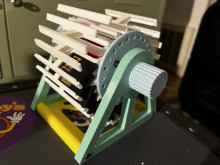
- Benjamin Christopher Mashburn
Since first discovering the design lab I always wanted to do a larger product through 3D printing. This print is the culmination of that. As the name implies it is a rolodex for Nintendo Switch cartridges printed in a variety of filament colors.
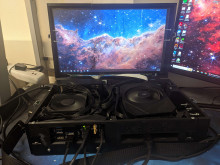
- Jackson Merrick Donaldson
What if you do not like anything that you have been looking for? You just 3D print that! A 3D printed briefcase for a portable customized computer.
•
- Christian Michael Antaran
A stand that helps to keep the keyboard upright and stable. Designed it in the software inferring from the pictures and added specific features for its increased stability.
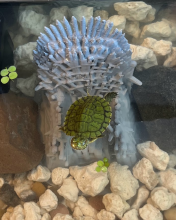
- Anthony Roland Dimeglio
Thematic home for a turtle! Taking inspiration from Game of Thrones and creating a throne for a turtle using a 3D printer. Interestingly, the intricate throne designs came out really neat.
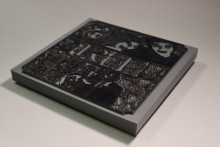
- Ross Michael Towbin
Making a custom box equals two memorable gifts in one!
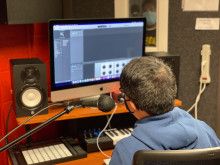
- Erica Ervin
The Design Lab will be hiring 2-3 enthusiastic undergraduates for the 2023-24 academic year. The application deadline is Thursday, August 31 and all applications will be reviewed on a rolling basis. Fill out the google form and upload CV/resume using the link located at the bottom the post.
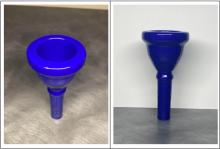
- Brennan Joseph Kompas
In search of an inexpensive and personalized option for a Tuba mouthpiece, a student uses a 3D printer to make one herself to get her passion up and running again.
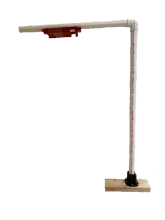
- Sergio Gene Malik Goodwin
A classic game gets a smart upgrade. EECS students employ a Google Pixel camera, Raspberry Pi, and a 3D-printed case for real-time chess alerts and position evaluation in a final project.
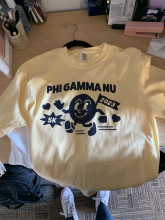
- Jessica Marie Beck
Vinyl cutting using a machine and a Cricut to create precise cuts on vinyl material, typically for the purpose of creating T-shirt graphics.
